-
×
 M-Audio Oxygen 25 MKV - 25-Key MIDI Keyboard
1 × ₨ 48,000
M-Audio Oxygen 25 MKV - 25-Key MIDI Keyboard
1 × ₨ 48,000 -
×
 Akai Professional MPD226 USB Controller
1 × ₨ 90,000
Akai Professional MPD226 USB Controller
1 × ₨ 90,000 -
×
 Yamaha HS8 Powered Studio Monitor (Pair)
1 × ₨ 265,000
Yamaha HS8 Powered Studio Monitor (Pair)
1 × ₨ 265,000
Subtotal: ₨ 403,000
In 1984,[8] a new division of the company[9] was formed to focus on the manufacture and sale of electronic instruments, and was called Akai Professional.
S612
The S612 12-bit digital sampler in 1985, was the first in a series of (relatively) affordable samplers already in 19-inch studio-rack format but in black color.[10] It held only a single sample at a time, which was loaded into memory via a separate disk drive utilizing Quick Disk 2.8-inch floppy disks. The maximum sample time at the highest quality sampling rate (32 kHz) was one second.
The introduction of a “professional” range of digital samplers began with the 12-bit S900 in 1986,[10] followed by the X7000 keyboard sampler in 1986,[14] and the S700 rack-mount version in 1987.[10] Unlike the single-sample S612, however, they allowed the use of six active samples at once, had a built-in disk drive and could be extended with six individual outputs via cable and a flash memory extension which added another six samples to the memory for multisample playback. The S700/X7000 sampler series were light-grey colored, which didn’t change throughout the whole “professional” range of Akai samplers.
The 16-bit Akai S1000 series followed in 1988, adding the option to read CD-ROMs and write to hard disks via SCSI. This range was superseded by the S3000 series in 1993, with optional built-in CD-ROM drive, followed by the S5000 and S6000. Additional releases of note were the Z4 and Z8 24-bit 96 kHz samplers.[10]
Showing all 17 results
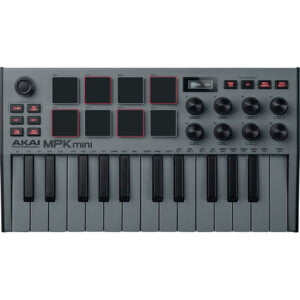
The ultracompact keyboard controller, the Akai MPK Mini MK3 Grey, is styled with a sleek grey finish and is intended for desktop producers and touring musicians. In several important aspects, it is an improvement over the previous version.
Key Features
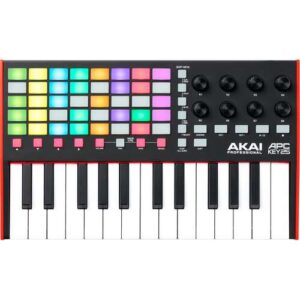
SKU: APC25MK2
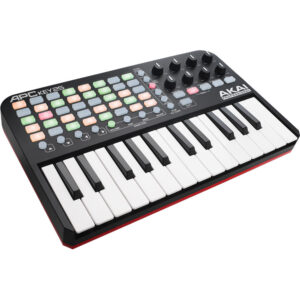
SKU: APC KEY 25
Akai Professional APC 25 Key Keyboard Controller is a hardware controller designed to work with Ableton software in a one-to-one integration, and features a high-performance keyboard in addition to the clip-launching matrix.
Akai Professional APC 25 Key Keyboard Controller Features
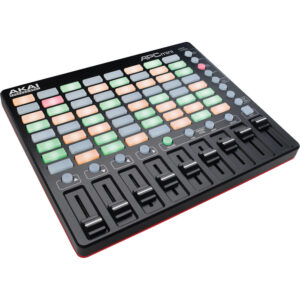
SKU: APC MINI
Perfect Integration with Ableton Live – 8 x 8 Clip-Launch Matrix – 9 Faders – 16 Control + Shift Buttons – Downloadable Music Creation Software – USB Bus Powered – Mac OS X – Windows
SKU: APC MINI 2
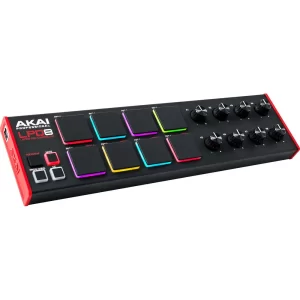
The Akai Professional LPD8 MK2 Laptop Pad Controller with eight velocity-sensitive RGB pads from the flagship MPC X, is designed for modern beat-making producers. Produce beats, trigger one-shot samples and loops, or connect to any general MIDI-based DAW for easy hands-on control and creation.
Key Features
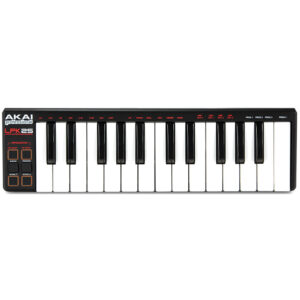
The Akai LPK25 is a USB-MIDI 25-key mini keyboard controller that is a perfect fit for use with a laptop computer.
Key Features
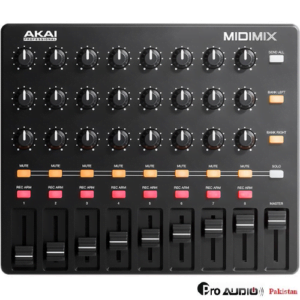
SKU: MIDI MIX
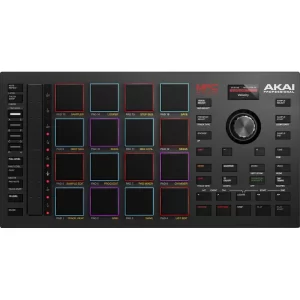
SKU: MPCSTUDIO2
SKU: MPD226
SKU: MPD232
The Akai Professional MPK Mini MKIII is an ultracompact keyboard controller designed for the traveling musician and the desktop producer.
Key Features
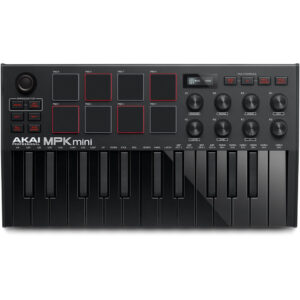
Styled in a sleek black finish, the Akai Professional MPK Mini MKIII Black is an ultracompact keyboard controller designed for the traveling musician and the desktop producer. It is an upgrade over the previous iteration in several key ways.
Key Features
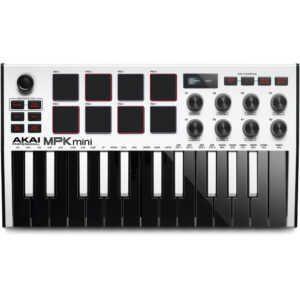
Styled in a sleek white finish, the Akai Professional MPK Mini MKIII white is an ultracompact keyboard controller designed for the traveling musician and the desktop producer. It is an upgrade over the previous iteration in several key ways.
Key Features
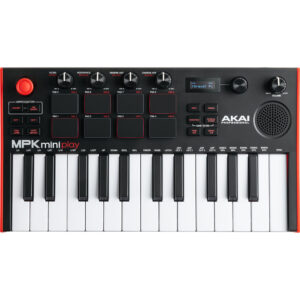
The Akai Professional MPK Mini Play 25-key MIDI Keyboard MK3 sound engine features 128+ onboard drum and keyboard sounds. The controller can be powered by 4 x AA batteries, which provide up to 14 hours of performance
FEATURES
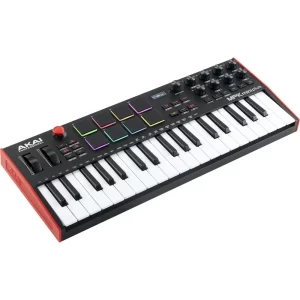
SKU: MPKMINIPLUS